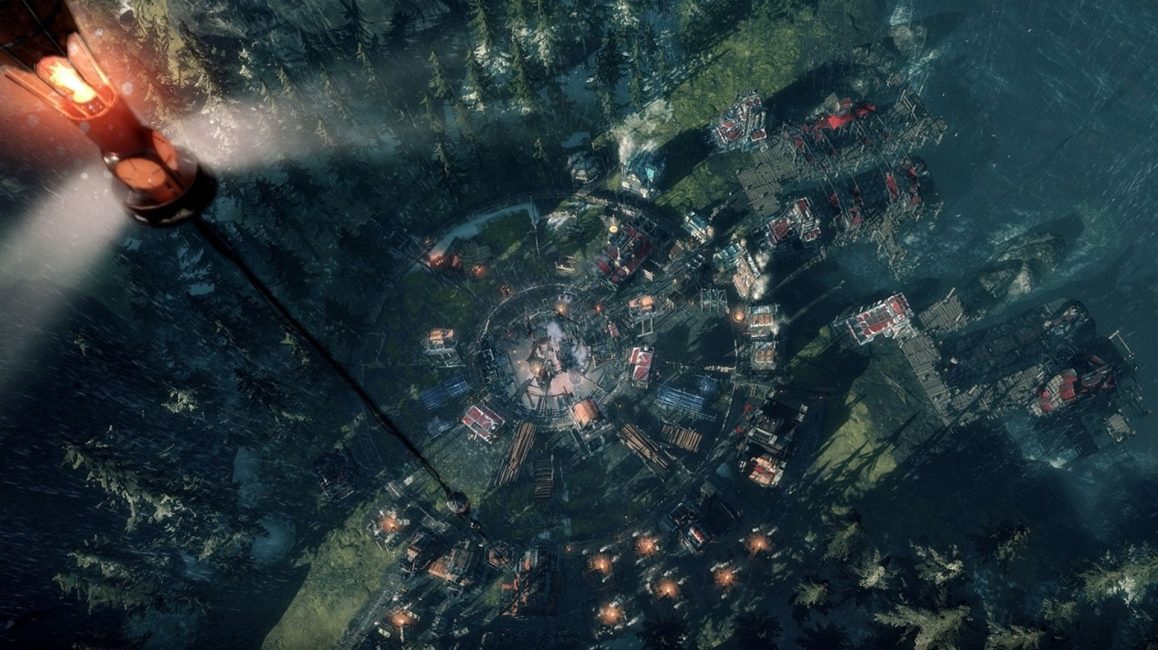Since Frostpunk launched in 2018 the game has received a steady supply of new content and updates. Both through paid and free DLC, the game now features several different modes and half dozen or so scenarios. The latest of which, The Last Autumn, is the most ambition yet. Unlike the previous add-ons that simply tweaked the game’s original formula, The Last Autumn adds a whole new layer of systems and coat of paint. While the game’s focus on city building, citizen happiness, and survival still persists, the stakes have changed.
Narratively, The Last Autumn takes place before the game’s major climate change event that plunged to world into the next ice age. You’re tasked with constructing one of the game’s iconic mammoth-sized heat generators that will help keep people alive once the temperature drops. The climate is changing, but the stakes aren’t quite as high yet. As a result, the needs of your people are different as well. No longer is this purely about survival, but more about motivation. Food is more plentiful and people don’t freeze to death in their homes. That means most of your workers are motivated more by being paid and safe work conditions. This is represented in the game by a Motivation meter (which replaces the Hope meter), that impacts how efficiently your work force performs. While you have no control over their wages, you can improve their motivation by providing them with recreational activities and keeping them healthy. Safety is managed by a completely new Book of Laws, which is the game’s way of allowing you to govern your people.

An entirely new Labour tree has been added to the Book of Laws that features regulations focused around safe and fair labor practices. As usual, you’ll have to strike a balance between keeping your workers happy, while working within your budgets and deadlines. If your work places get too dangerous your workers may go on strike, causing progress to halt, and the powers-that-be back at home to get angry at your lack of progress. Just like before, it’s all about squeezing as much as you can out of a little and hoping it all holds together.
Overall it’s a refreshing addition to the game’s already established formula. Learning to build your settlements differently, focusing on collecting different resources, and worrying more on labor practices is a nice change. While the game still suffers from the same pacing issues it always has, failure seems less damning this time around. The Last Autumn also provides interesting incite into how the world looked and functioned before the infamous climate shift and fleshes out an already intriguing alternate history story line.









